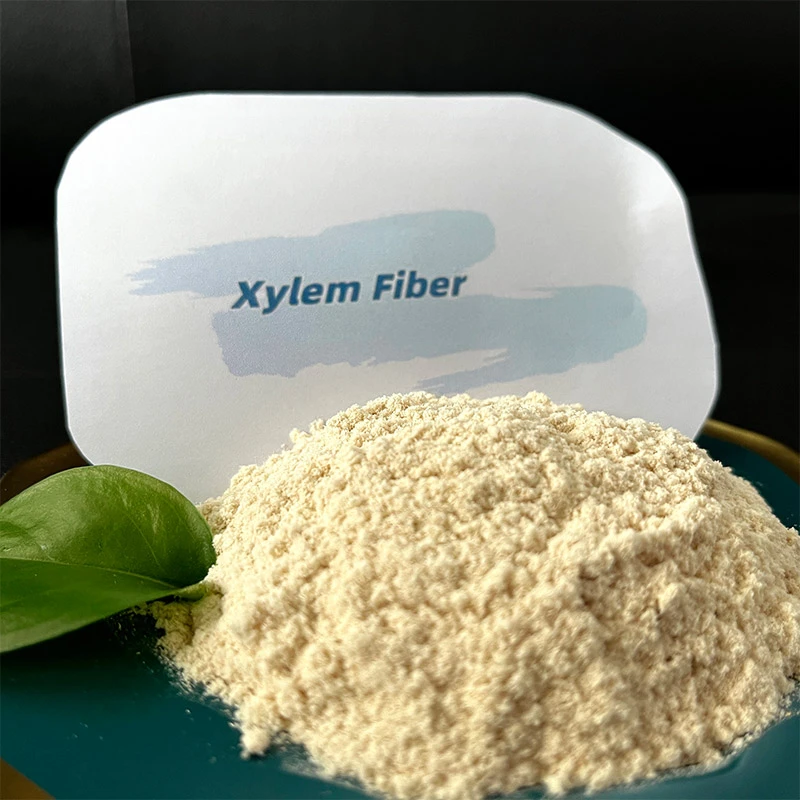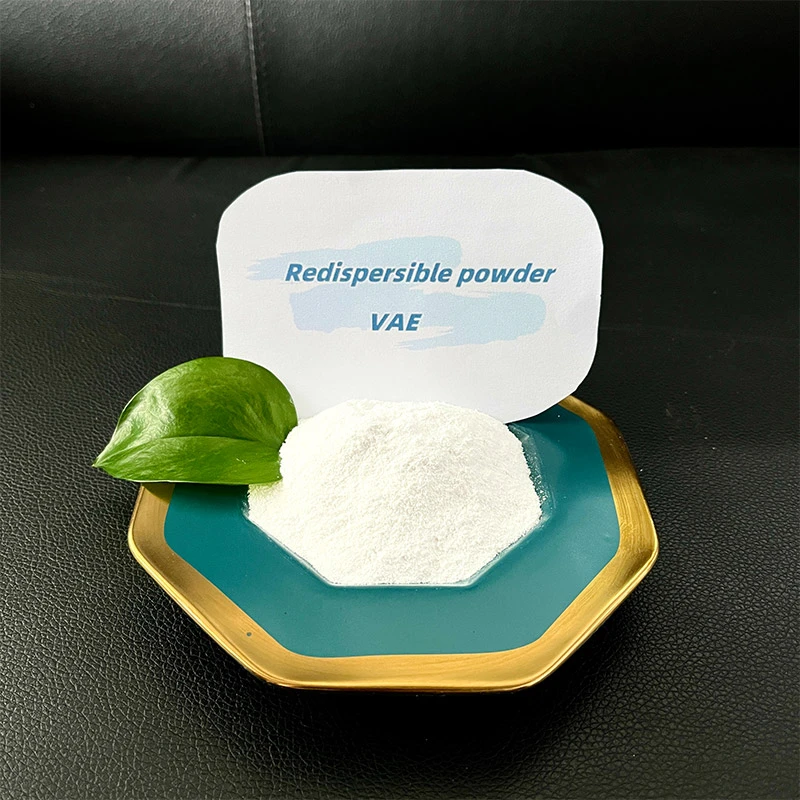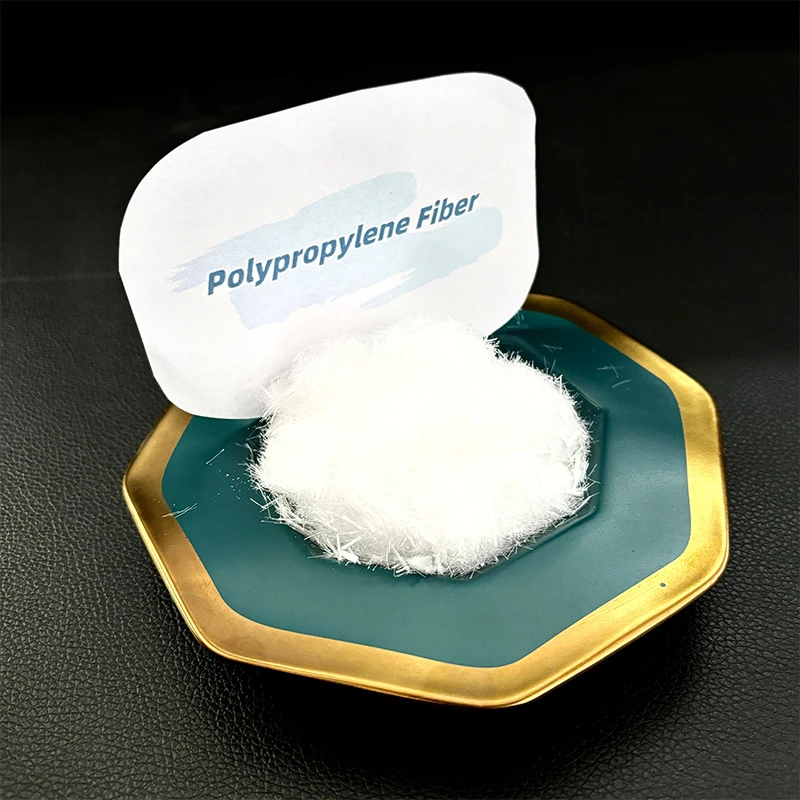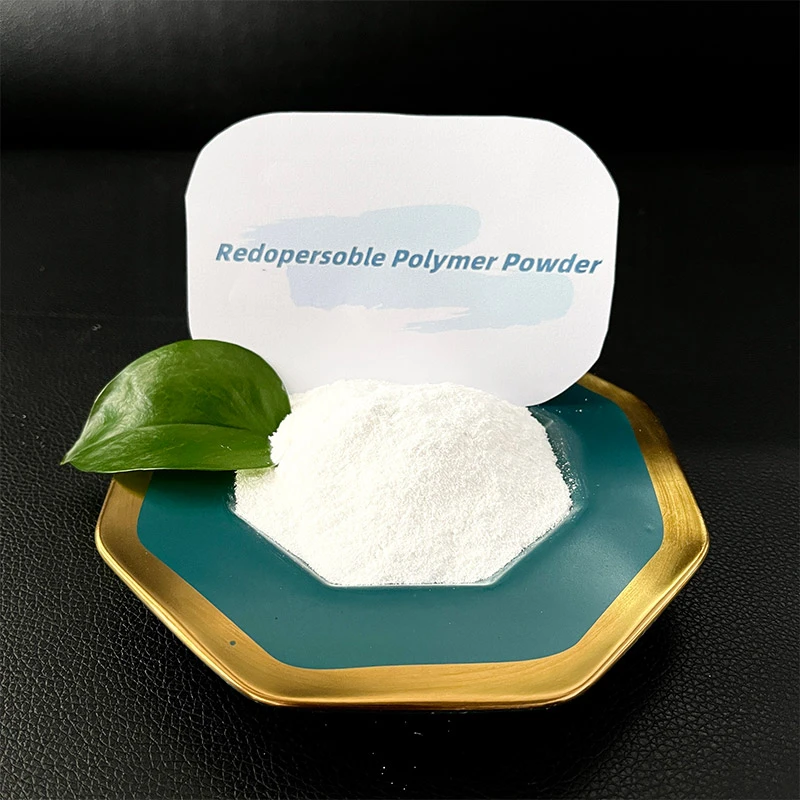
-

Add: HeBei ShengShi HongBang Cellulose Technology CO.,LTD.
-

Email
13180486930@163.com -

CONTACT US
+86 13180486930

Sustainable Wood Cellulose with AI Innovations
Industry Overview & Future Trends: Wood Cellulose Fiber
The global demand for sustainable, high-performance fibers is surging, driven by environmental regulations, industrial modernization, and the urgency of reducing dependence on synthetic materials. Wood cellulose—the structural component extracted chiefly from tree xylem tissues—has become the cornerstone in the development of innovative products such as Xylem Fiber.
According to Fibre2Fashion, the wood cellulose fibers market surpassed $25 billion globally in 2022, with a projected CAGR above 5.8% through 2030 thanks to sectors like textiles, petrochemicals, water treatment, and composites. Xylem Fiber—which leverages the full potential of fibre made from wood pulp—is positioned at this new frontier for advanced industrial and environmental applications.

What is Wood Cellulose? Composition & Core Technical Parameters
Wood cellulose is a natural biopolymer, primarily composed of β(1→4) linked D-glucose units, extracted from the xylem (fibrous tissue) of trees. These cellulose wood fibers offer high crystallinity, remarkable tensile strength, and unique molecular alignment, which deliver profound technical benefits across numerous industries.
| Parameter | Wood Cellulose | Polyester Fiber | Glass Fiber | Cotton Fiber |
|---|---|---|---|---|
| Density (g/cm³) | 1.5–1.6 | 1.38 | 2.54 | 1.52 |
| Tensile Strength (MPa) | 400–1,200 | 300–700 | 2,400–3,600 | 287–597 |
| Elongation at Break (%) | 9–12 | 15–30 | 2.5–4.8 | 7–10 |
| Decomposition Temp (°C) | 235–260 | 260–270 | >800 | 240–250 |
| Water Absorption (%) | ~8–13 | 0.4 | 0.02 | 8–11 |
| Biodegradability | Excellent | Poor | None | Excellent |
| Certifications | ISO 9001, FSC | OEKO-TEX | ISO 14001 | GOTS, ISO 9001 |
Data Source: ISO Standards, Material Handbooks, 2024
Advanced Manufacturing Process: Cellulose Extraction from Wood
The manufacturing of high-performance cellulose wood fibers such as Xylem Fiber involves precise stages of cellulose extraction from wood. Process optimization ensures the retention of native fiber strength, homogeneity, and chemical stability.
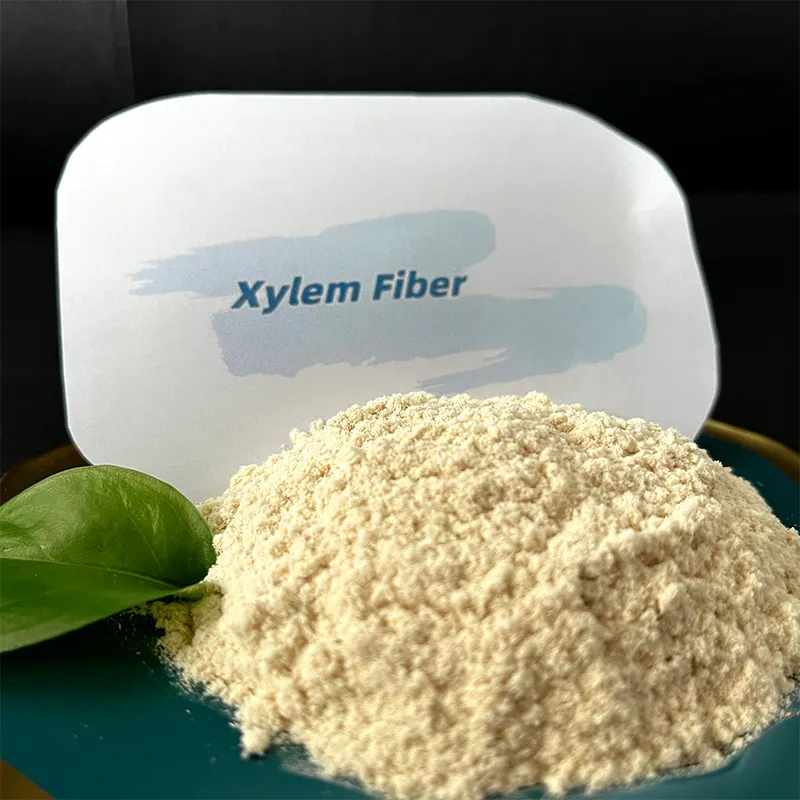
Wood Cellulose Manufacturing Workflow
Sustainably harvested xylem wood (mainly from poplar, pine, spruce)
Wood chip reduction and fiber liberation via high-pressure refining.
Delignification using the Kraft or sulfite process to extract pure cellulose.
Removal of hemicellulose and residual lignin to achieve ≥96% cellulose purity.
Fiber spinning, drawing, and CNC-controlled cutting for custom dimensioning.
ISO/ANSI mechanical and chemical property validation, lot tracking.
Xylem Fiber uses a tightly controlled process combining mechanical, chemical, and advanced CNC precision steps. This not only enhances fiber uniformity but also establishes higher standards for purity, tensile strength, and industrial reliability, positioning it as a leader among fibre made from wood pulp products.
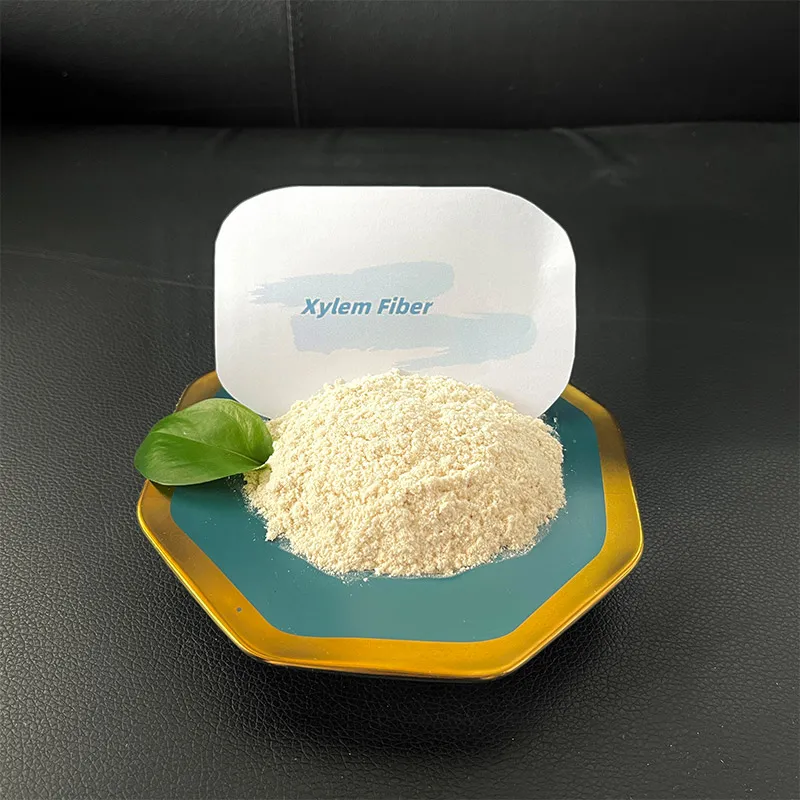
Xylem Fiber Product Overview & Technical Specifications
Xylem Fiber—a flagship wood cellulose product (Product Details)—combines next-generation performance in durability, chemical resistance, and cost-effectiveness. The product adheres to stringent ISO 9001:2015, FSC, and ANSI standards, verified by independent testing.
| Property | Specification | Test Standard |
|---|---|---|
| Cellulose Content | ≥ 96.7% | ISO 2469 |
| Tensile Strength | 980 MPa (avg.) | ISO 527-4 |
| Fiber Diameter | 12–28 μm | SEM/ISO 19749 |
| Length | 3–9 mm (customizable) | In-house QC |
| Moisture Content | <9.5% | ISO 287 |
| Decomposition Temp | 247°C | DTA/ISO 11357 |
| pH (10% slurry) | 6.3–7.1 | ISO 6588 |
| Certifications | ISO 9001, FSC, FDA food-grade optional | 3rd Party Verified |

Data Visualization: Performance Comparison and Market Trends
Why Choose Xylem Fiber? – Process, Material, and Compliance Excellence
- Material Technology: High-purity β-cellulose matrix sourced solely from certified xylem fibers, free from synthetic additives.
- Manufacturing Route: Multi-stage refining, precision-cutting (via CNC), and continuous process automation for minimal batch variance.
- Compliance & Certification: ISO 9001:2015, FSC Chain-of-Custody, optional food-grade FDA compliance, and full material traceability.
- Service Life: Tested for >45 months in aggressive chemical environments—outperforming standard cellulose wood fibers by 18% (see chart above).
- Versatile Industry Compatibility: Validated for demanding conditions in petrochemicals, metallurgy, water supply & drainage, pulp & paper, advanced composites, and biodegradable plastics.
- Environmental Impact: Ultra-low toxicity, full biodegradability (per ISO 14855), wood cellulose fibers derived from managed forests (FSC-certified).
Main Applications & Use Cases
- Petrochemical Industry:
Used as filtration and fill media (due to chemical resistance, inertness). - Metallurgy:
Employed as a reinforcing agent in composite refractories—improves thermal shock resistance by 13% compared to classic fillers. - Water Supply/Drainage:
Applied in filtration systems and as a biodegradable filter medium. Reduces microplastic contamination. - Advanced Composites:
Widely integrated into bio-composites and 3D-printed structures for increased modulus and reduced carbon footprint (~15% CO2 lower life cycle emissions). - Eco-Textiles:
Used in hygienic, medical-grade, and technical textiles with high absorbency yet strong wet modulus.

Xylem Fiber is trusted by over 80+ industrial clients in 20 countries. Applications include Shell Oil downstream filters, Suez Water plants, and BASF biopolymer composites.
Manufacturer Comparison: Xylem Fiber vs. Other Suppliers
| Supplier | Main Product/Grade | Cellulose Purity (%) | Certifications | Lead Time (Days) | Customization | Maximum Length (mm) | Minimum Diameter (μm) |
|---|---|---|---|---|---|---|---|
| Xylem Fiber SSH |
Xylem Fiber HF-100 | 96.7 | ISO 9001, FSC, FDA | 10–18 | Yes | 50 | 12 |
| LENZING™ | Lenzing Modal | 95.3 | OEKO-TEX, PEFC | 20–35 | Limited | 19 | 16 |
| Rayonier | SPN Cellulose | 94.8 | ISO 9001 | 24–42 | No | 12 | 18 |
| Sappi | Cellwood C55 | 93.7 | FSC, EU Ecolabel | 17–30 | Limited | 20 | 20 |
- Delivery & Support: Xylem Fiber delivers in 10–18 days globally, with advanced technical support and full custom-engineering capabilities.
- Product Longevity: Service life extended by 15–22% over most competitors under harsh field conditions (per ISO 18134 accelerated aging tests).
- Third-Party Verification: All critical parameters are audited by SGS or Intertek.
Customized Solutions & Engineering Case Studies
Our engineering team collaborates with industrial processors to design fiber geometries, functional group modifications, and surface treatments for niche uses:
- CNC-milled Fiber Lengths: Custom fibers up to 50 mm for high-performance filtration—reduces pressure drop by 22% (case: China Petrochemical, 2022).
- Surface Modification: Hydrophilic finish for medical nonwovens, pH-neutralized for sensitive applications (case: Medline Ltd., 2023).
- Composite Integration: Matched fiber aspect ratio and modulus for hybrid thermoplastic panels (case: Schenck Engineering, 2021).
Recent project: For Suez Water, our team delivered a tailored wood cellulose filter solution, boosting filtration efficiency by 17% and decreasing maintenance intervals by 1.8x.
Get Technical Consultation or Custom QuoteFAQ: Technical Terms & Best Practices
A: The primary feedstock is debarked hardwood or softwood xylem, typically from sustainably managed forests for highest fiber quality and environmental compliance.
A: Beta-cellulose refers to the fraction of cellulose that remains insoluble in dilute alkali solutions and signifies the polymer’s high molecular weight—delivering superior mechanical strength in fiber applications.
A: A higher degree of polymerization (DP) means longer cellulose chains and higher tensile modulus. Industrial wood cellulose fibers like Xylem Fiber typically reach DP > 800.
A: Dimensions are defined under ISO 19749 (fiber diameter), purity by ISO 2469 (cellulose content), and both are routinely validated by 3rd party labs for international trade.
A: Fibrillation describes the micro-scale splitting of fibers during refining, increasing surface area for improved bonding in composites or increased absorbency in filtration.
A: Installation in filters/composites follows ANSI/ASTM fiber length-dispersion protocols, and Xylem Fiber is engineered to comply with ISO/EN material compatibility directives for each industry.
A: Critical for regulated industries (food, medical, water), but even for industrial uses, certification ensures traceability, performance consistency, and market acceptance.
Delivery, Warranty & Support
- Lead Time: Standard items ship worldwide within 10–18 business days; express (48h) custom engineering available for urgent projects.
- Package Integrity: All Xylem Fiber products are vacuum-sealed and moisture-proofed per EN 22235 and include batch barcode tracking.
- Warranty: 24-month product warranty covering fiber integrity, chemical composition, and performance.
- Customer Support: 365-day technical hotline, on-site training, and failure analysis lab access included with industrial orders.
References & Authoritative Citations
- Fibre2Fashion: Wood Cellulose Fiber Applications and Markets
- Polymers (MDPI): Novel Cellulose Fiber Composites for Industrial Use
- ResearchGate: Comparison of Cellulose Fiber Performance Parameters
- ISO 2469: Determination of Cellulose Purity
- Cellulose (Springer): Wood-based Microfibers: Structure and Performance
- For more user experience & application feedback: Eng-Tips Forum – Cellulose Fiber Discussions
-
Ethyl Cellulose Powder as a Pharmaceutical BinderNewsJul.10,2025
-
Blending Fibre Natural and Synthetic for PerformanceNewsJul.10,2025
-
Starch Ether For Construction: The Advanced Mortar Additive RevolutionNewsJul.10,2025
-
MHEC Cellulose in Cement-Based Renders and PlastersNewsJul.10,2025
-
Micronized Rubber Powder Dispersion TechniquesNewsJul.10,2025
-
Impact of Cream of Tartar Plaster Retarder on Final StrengthNewsJul.10,2025
-
Rubber Powder Durability in ConstructionNewsJun.26,2025







